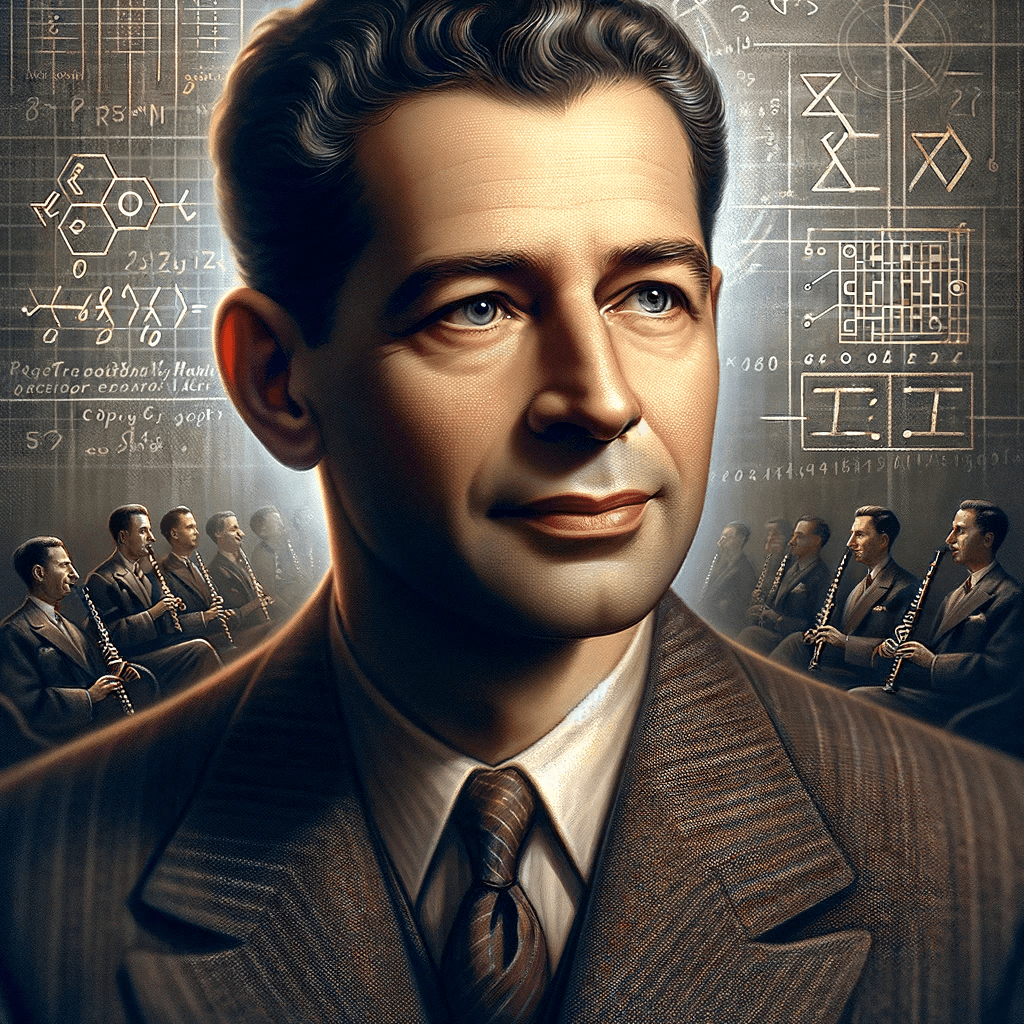Lambros D. Callimahos

Lambros D. Callimahos, a figure of notable intrigue and intellectual prowess, stands as one of the essential pillars in the field of cryptology. His footprints on the sands of time remain imprinted in the annals of the United States National Security Agency (NSA), where his contributions laid a foundation for modern cryptologic methods.
Born on January 2, 1910, Callimahos first embarked on a journey in the realms of music, attending the prestigious Juilliard School of Music. Here, he honed his craft as a flutist, eventually performing with the esteemed New York Philharmonic as a concert flutist. His artistic prowess was clear, but it was the uncharted world of cryptology that would eventually shape Callimahos’ legacy.
In 1941, the draft beckoned, and Callimahos was called to serve his nation in a different capacity: as a cryptographic officer in the Army. It was in this realm of military intelligence, deciphering Japanese codes during World War II, that Callimahos truly began to leave his indelible mark. His aptitude for breaking codes was a significant asset in the war, laying the groundwork for his subsequent recruitment by the NSA.
Joining the NSA after the war, Callimahos teamed with William F. Friedman, a man widely considered as the godfather of American cryptography. The two worked together to build the NSA’s inaugural training course for cryptanalysts – a course that has since become an esteemed standard in the field. But Callimahos did not stop there. He established and taught the agency’s advanced course in cryptanalysis, known as CA-400, fostering the next generation of cryptographic talents.
- Despite his extensive work in cryptanalysis, Callimahos also had a notable career as a flutist. According to the New York Philharmonic’s archives, he performed with them from 1939 until he was drafted into the military in 1941.
- The NSA itself has named Callimahos a “Cryptologic Pioneer,” attesting to his significant contributions to the field of cryptanalysis. This designation was confirmed in the NSA’s Cryptologic Almanac 50th Anniversary Series.
- Even in the realm of arts, Callimahos left a mark. He authored a book titled “Military Cryptanalytics,” which, despite its heavy emphasis on technical cryptologic methods, is considered an authoritative source in the field.
David Kahn, an American historian, cryptographer, and writer, has repeatedly acknowledged Callimahos’ seminal role in the field, remarking on the cryptanalyst’s unique ability to synthesize art and science. Such affirmations underline the lasting impact of Callimahos’ work.
Callimahos did not pen many books; however, his noteworthy publication, “Military Cryptanalytics,” is a treasure trove for cryptology enthusiasts. This volume, co-authored with William F. Friedman, is a testament to his extensive knowledge and practical experiences in the field.


